After almost half a year of beta testing, 3DPrinterOS has officially launched its free, universal, cloud-based 3D printer operating system. As previously reported, the software is the result of former lead engineer for Dell John Dogru and Anton Vedeshin, a PhD candidate in the study of 3D cloud printing. The platform is meant to unite all 3D printers under one OS roof, also allowing multiple 3D printers to be managed through a single, cloud-based system.
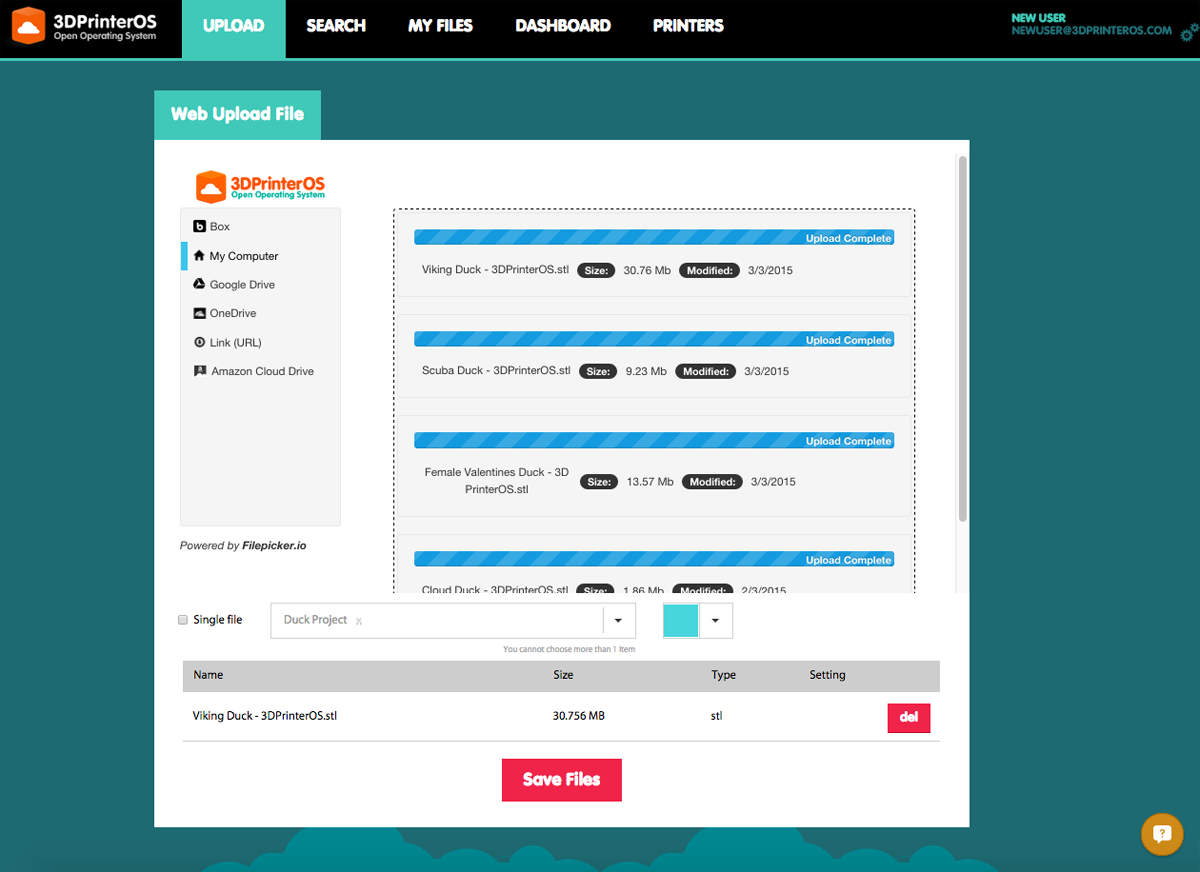
CEO Dogru takes his experience from the computer industry and extrapolates to the world of 3D printing, “Much as the current era of modern computing was revolutionized by the standardization delivered by Microsoft’s DOS operating system, we’re ushering in the next phase of 3D printing with our advanced networked operating system. We’ve designed 3DPrinterOS to deliver a standard interface that puts simple tools in the hands of users at all skill levels. Now anyone with a 3D printer can connect it to our platform so that it can be accessed from any Web-enabled device, anywhere in the world.”
3DPrinterOS serves as a free and user-friendly interface for managing 3D printers and 3D printable files (in CAD, STL, AMF, PLY, OBJ, STL, Gcode format) and, with a focus on compatibility with any desktop 3D printer available, the software developer hopes 3D printer manufacturers might turn to their solution for use on their own 3D printers. Doing so to a wi-fi-capable 3D printer would make it network ready, perfect for organizations and businesses planning to connect multiple machines to the same cloud-based system.
Once all of the printers are hooked into the shared network, 3DPrinterOs offers a number of features to enhance the printing experience. For a user wishing to print a file, the software implements a Magic Fix tool that “analyzes, repairs and rotates files” for any given printer, which, if it delivers on its promise, could ensure print quality for novice users. And, with NetFabb basic, users have even more options for fixing their files before printing.
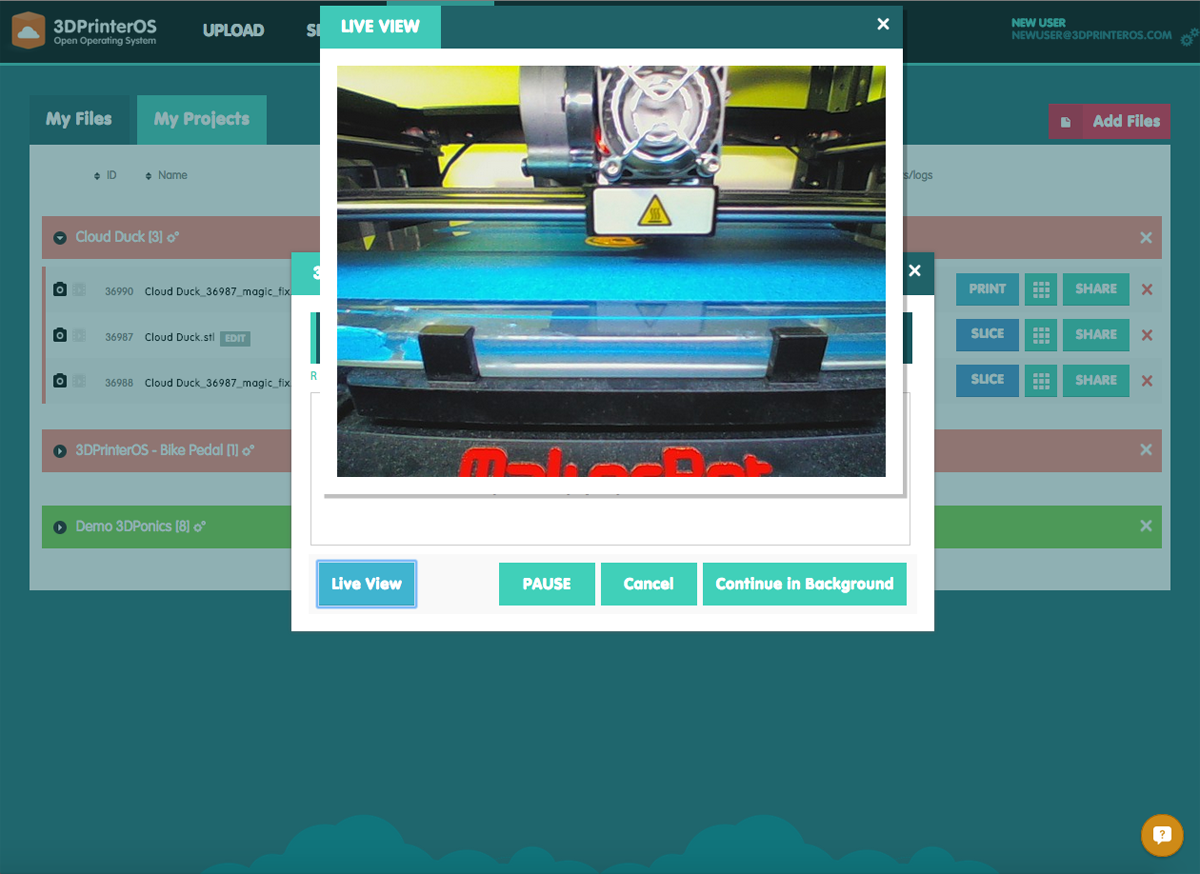
Additionally, webcams incorporated into a printer can be accessed through 3DPrinterOS for users and administrators to track a print job’s progress (in a post-Carbon 3D era, this could mean a manner of minutes instead of hours). And, for administrators, such details filament used and hours printed on a given printer, as well as print logs and other system information, is provided to effectively manage the network. On top of all of this, the platform offers cloud slicing, which greatly improves the speed spent converting files into printable code.
3DPrinterOS CTO, Anton Vedesin, elaborates, “The user benefits are enormous in terms of agility, speed and cost. While current desktop 3D printing software is slow and cumbersome, our cloud-based solution cuts the time to slice a 3D file from 15 minutes to 15 seconds. We’re excited to see how these advancements change the trajectory of mass adoption of 3D printing.”
There have been numerous methods for remote control of 3D printers, based on local networks like OctoPrint or via the cloud like PrintToPeer, and some have boasted the ability to coordinate complete 3D printer hubs. And, while 3DPrinterOS offers remote control of a 3D printing network, this initial launch is just a stepping stone to something more. A recent partnership with 3Dponics, which offers 3D printable hydroponic tools and 3D modeling software, along with the incorporation of apps like MagicFix and Netfabb into their system, hints to me that 3DPrinterOS really is aiming to be a complete operating system, not just a piece of control software.
A key partnership with the right company, say Ultimaker, could instantly connect 3DPrinterOS to a complete 3D printables library, like YouMagine. Suddenly, 3D printers of any brand could have access to an extensive selection of 3D printable models. Adding apps, such as 3Dponics’ 3Dcreative.ly or TinkerCAD, would integrate 3D modeling into the OS. Network a huge selection of around 13,000+ 3D printers and the OS begins to compete with existing 3D printer networks like 3D Hubs. Soon, 3DPrinterOS really is the 3DPrinterOS. Then again, maybe none of that will happen. Things are happening so fast in this industry, that what happens next is really anyone’s guess!

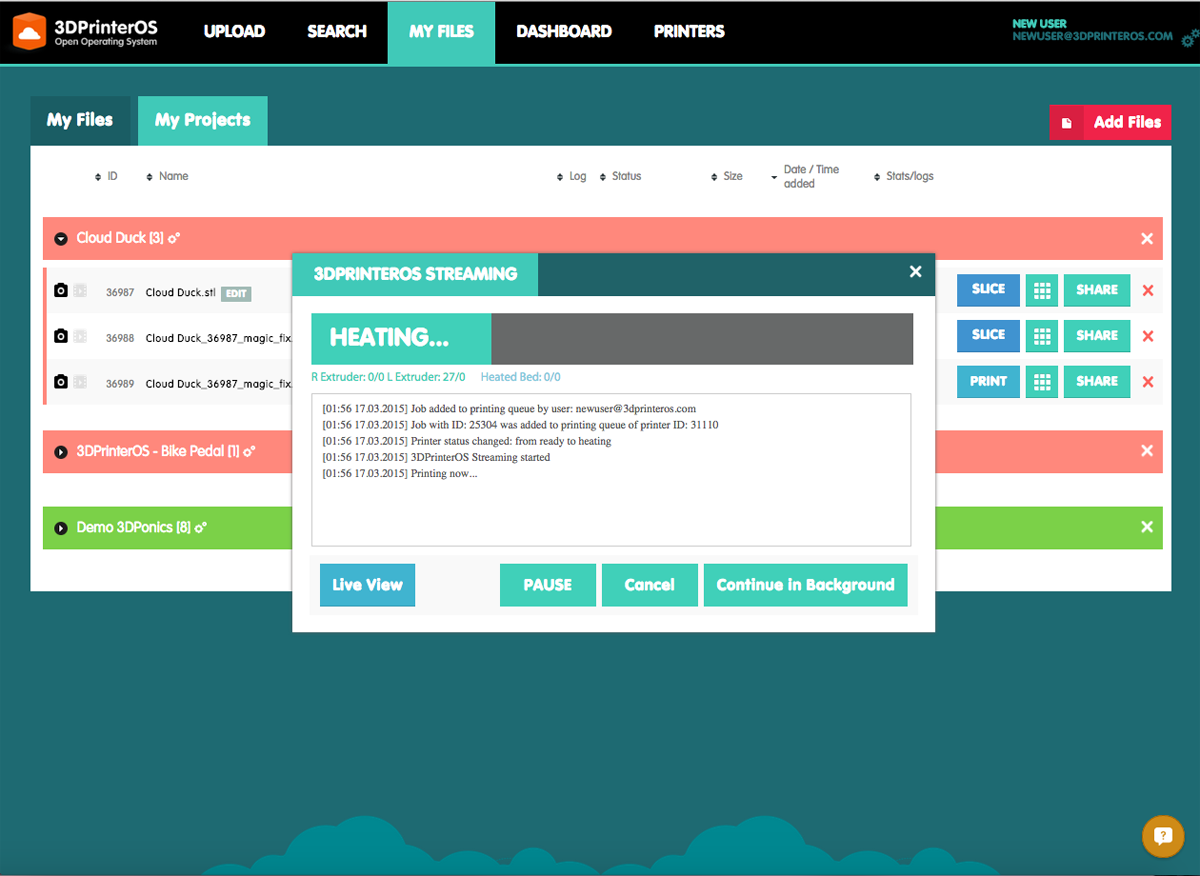
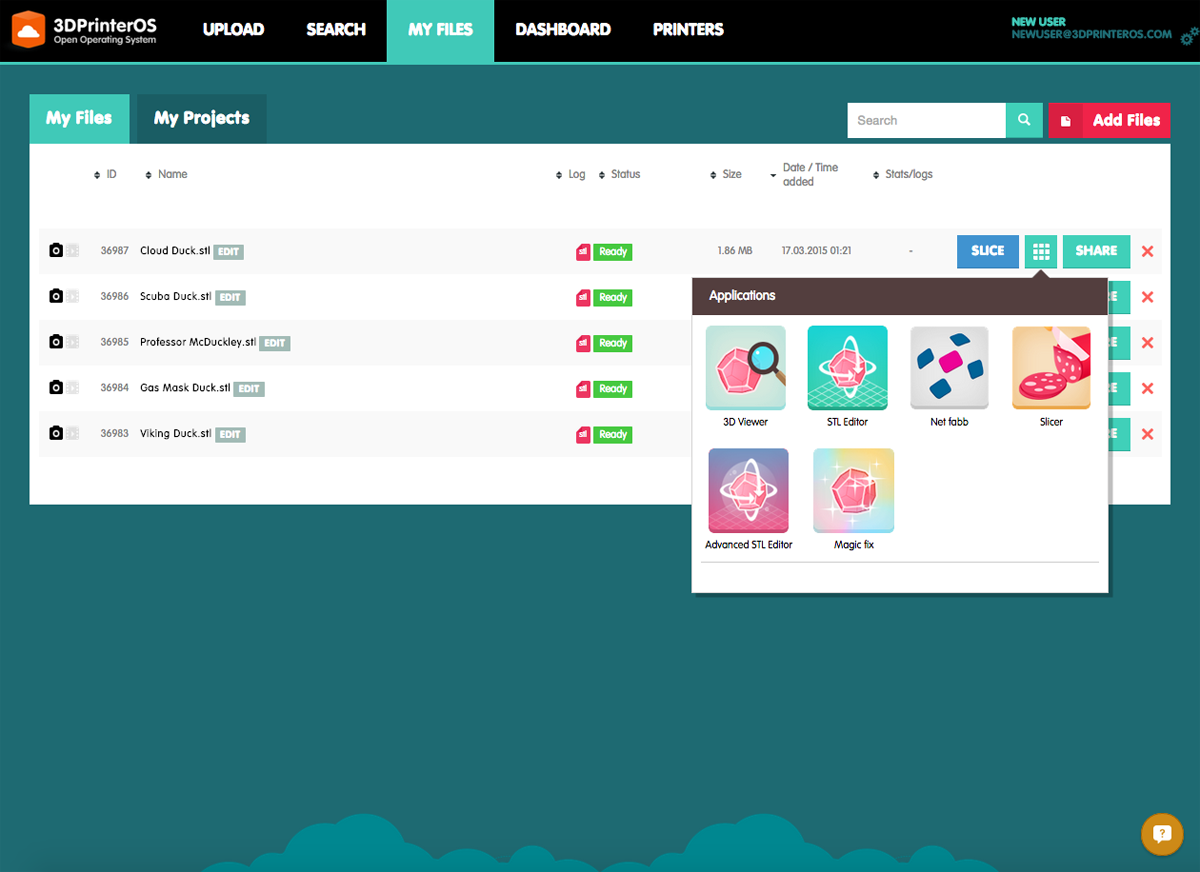
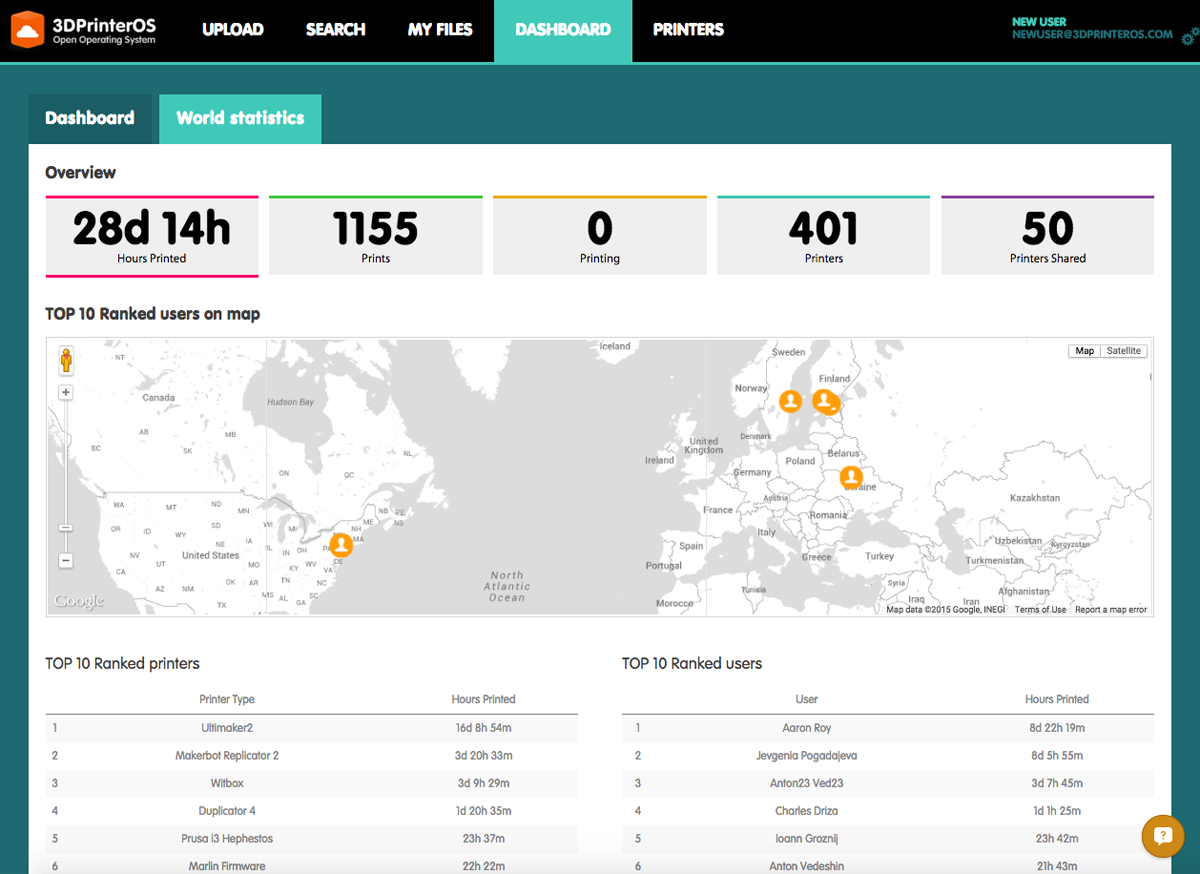
Leave A Comment